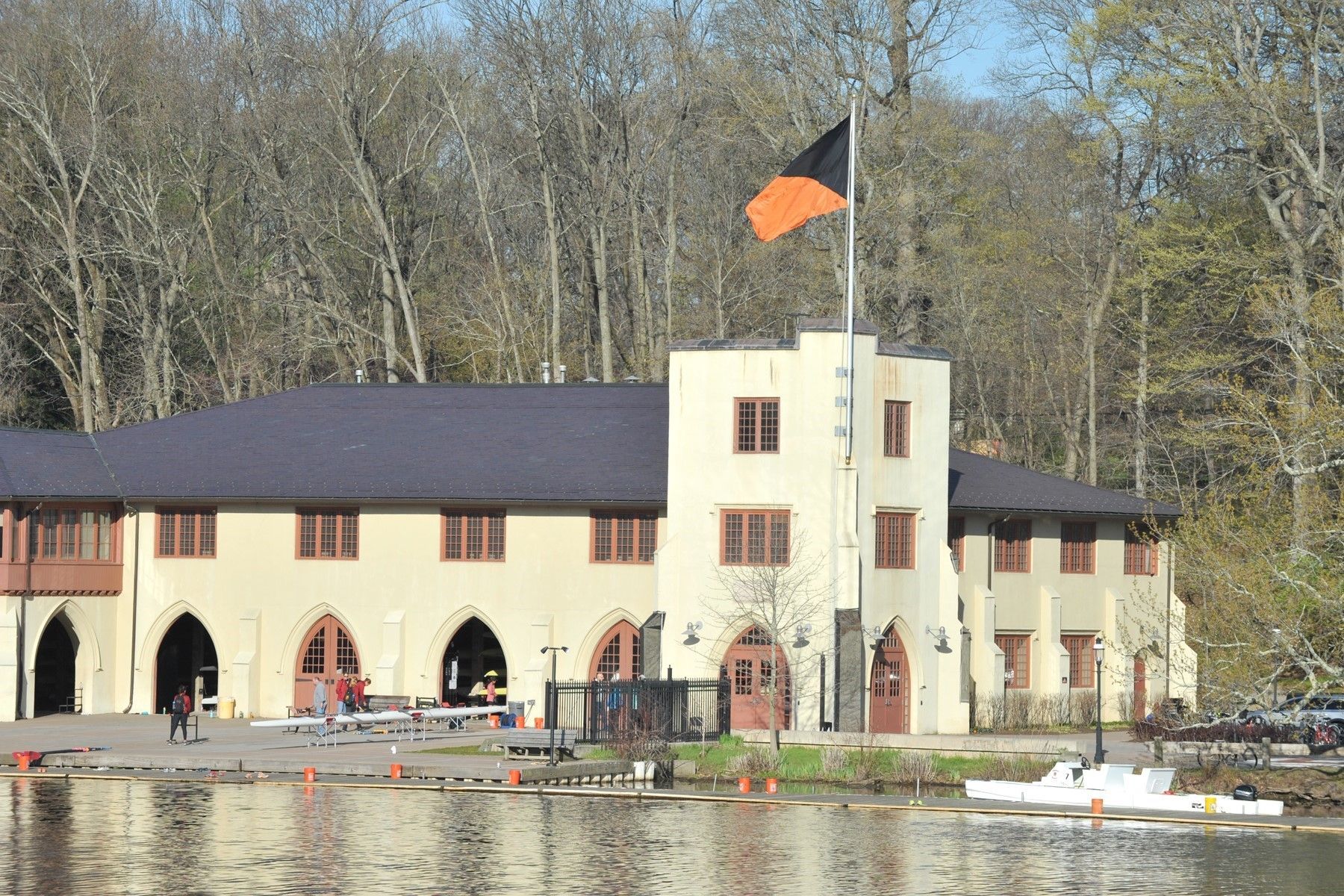Students

David Babikian
Economics, 2020

Dan DeGroot
EEB, 2019

Isaac Ward
History, 2021
Project Description
Our group used pine wood to make a birdhouse that floats in Lake Carnegie. The material being wood is important to make it resemble nature and to be a familiar surface for birds, and we stained coated it to be sure that it is waterproof. It will be successful if, in the near future, it can attract birds from nearby to use as a dwelling for themselves and still be resistant to squirrels and other animals. It’s also important that it opens for birds but is not so exposed as to be useless. It is meant to resemble the existing Shea Rowing Center, which is the boathouse out of which we (the group members) currently row. Our goal is to make it closely resemble the boathouse without forgoing the practical function of attracting a home for birds of Lake Carnegie. The way we think it would best contribute to our campus is by providing a mechanism for birds to interact more closely with students, like while we are rowing on the lake, thereby allowing students to remember the context of nature in our world. In this small way, we can push students to see the beauty of nature, and aim to make them feel more motivated to interact with and protect nature.
Technical Background
The boathouse model project requires an understanding of the scientific process. It begins in the design phase, where the group constructs architectural designs of the external boathouse based on a compilation of images we have at our disposal. The designs of this project are carried out by cutting the major planks of wood using a jigsaw. The medium size cuts were done using a scroll saw, with predetermined cut lines done with pencil and ruler/measuring tape. For the smaller details and designs, the group uses a device called the X-Carve. This is a brand of CNC (computer numerical control) saw whereby we upload a virtual design of our model, and then the CNC saw cuts details – like windows and doors – according to the design we indicate. This way, the group can insure perfect accuracy rather than if it was to implement those designs by hand.
A second technical part of this project involves waterproofing the boathouse. This is necessary because the model boathouse being created is intended to sit outside, facing weather conditions and susceptible to water. Seeing as wood itself is not perfectly waterproof, an additional component is required. The available options for waterproofing wood are using an oil-based sealant, a water-based wood sealant, or using a stain, but these all have different effects when applied to different types of wood. While stain and water-based sealants are a good adhesive to most woods, neither is well suited to pine when compared to an oil-based primer and water sealant. We applied the oil-based primer and water sealant, and let them dry before putting the actual birdhouse in the water so that it would be most effective.
The final and most complex component of our project is buoyancy. Pine wood has a density of 420 kg/m3, which indicates that it is a medium-density softwood. According to Archimedes’ Principle, the buoyant force is equal to the weight of the displaced water. It relates to this group’s project as we figure out how much of our project will sit below the surface level of the water. Archimedes’ Principle suggests that if we were to place the boathouse directly on the lake, it would sink due to lack of buoyancy or by letting in water. As a result, our group needed to insure that it floats by placing a plank of wood below the birdhouse itself to rest on, supported by flotation devices. We ended up strapping a large number of empty water bottles to the underside of this plank of word to hold air in, so that the weight of the displaced water would decrease and the birdhouse would float on water.
Archimedes’ Principle. https://physics.weber.edu/carroll/archimedes/principle.htm.
NASA. https://www.grc.nasa.gov/www/k-
12/WindTunnel/Activities/buoy_Archimedes.html.
Seely, Oliver. PHYSICAL PROPERTIES OF COMMON WOODS.
http://www5.csudh.edu/oliver/chemdata/woods.htm.
